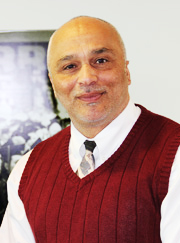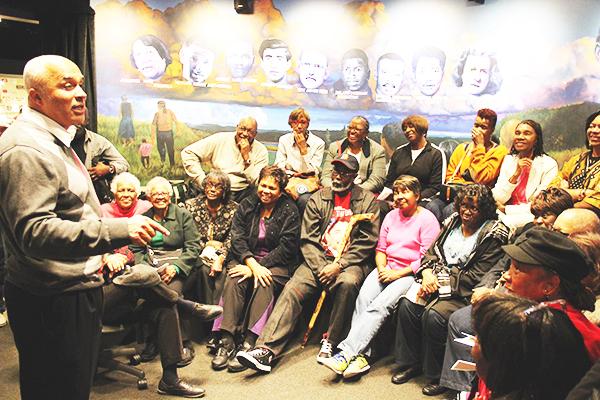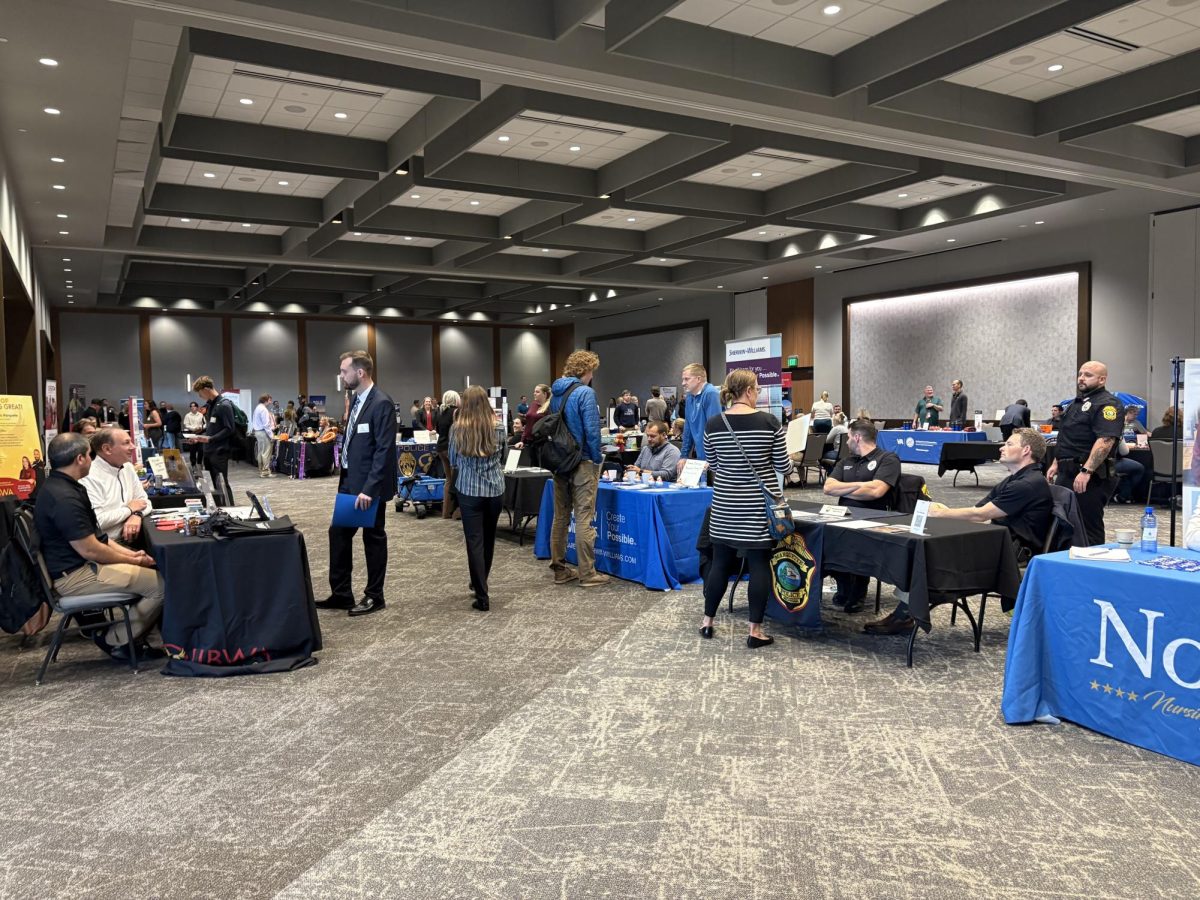Most people find them offensive and some are outright repulsed by objects that portray racism but one professor from Ferris State University has personally collected, archived and stored racist objects for the last 40 years.
The Diversity Common Reader Program will offer its final event of the year, “Them: Images of Separation,” presented by David Pilgrim, founder and curator of the Jim Crow Museum of Racist Memorabilia at Ferris State University, at 6:30 p.m. on Thursday.
The presentation will revolve around the theme of this year’s recognized book, “Citizen: An American Lyric” by Claudia Rankine.
“Citizen” discusses racism and the images we encounter in everyday life, and the lens we see it through—the media. Rankine uses prose, images and poetry to articulate the effects of racism in our “post-racism” society.
Tracy Wascom, associate professor of art and design at NMU, is the campus coordinator for the Diversity Common Reader Program.
Wascom said she is thrilled to have Pilgrim as the keynote speaker for the program. She hopes that the presentation will give students an opportunity to see and learn something about racism and discrimination that they didn’t know before and gain an understanding of what it’s like to be a marginalized member of society.
“These images aren’t just part of our past, they are part of our present,” Wascom said. “They continue to affect us just because they exist.”
Taking inspiration from Martin Luther King Jr., Pilgrim’s presentation is centered around the famous quote: “Injustice anywhere is a threat to justice everywhere.” “Them” tackles some of the most divisive issues in our society, including Anti-Arab sentiments, Holocaust denial, LGBT discrimination and anti-immigration sentiment.
Pilgrim, who serves as the vice president for diversity and inclusion at Ferris State University, will be the keynote speaker of the series. He will share his journey dealing with images and objects that divide people while showing how these images and objects matter as well as the mission, vision and work of the museum.
Pilgrim has been a collector of racist objects since his early teens, buying his first piece around the age of 12 or 13 in Mobile, Alabama.
“I purchased what I believed to be a salt and pepper shaker that was a mammy and I broke it in front of the person [who sold it to him],” Pilgrim said.
Pilgrim grew up in the segregated south and attended Jarvis Christian College, a historically black college in Texas, where his obsession for racist objects grew.
He moved to Michigan in 1990 after he was hired by Ferris as an associate professor. In 1996, he donated his collection to the university and opened a small exhibit. By 2012, Pilgrim was able to open a full museum with the support of the university and donors.
Today, the museum holds 9,000 different pieces of racist memorabilia.
Although the main focus of the museum is anti-black items, the facility has a growing collection of objects that demean or “otherize” women, poor people, Mexicans, Asians, Jews, Muslims and Indigenous peoples. The old exhibit that used to house Pilgrim’s collection now holds pieces on sexism.
For more information about “Them” or the Jim Crow Museum of Racist Memorabilia, visit www.ferris.edu/jimcrow. For more information about the Diversity Common Reader Program, call 906-227-1554, email [email protected], or visit www.nmu.edu/diversitycommittee/reading.





























